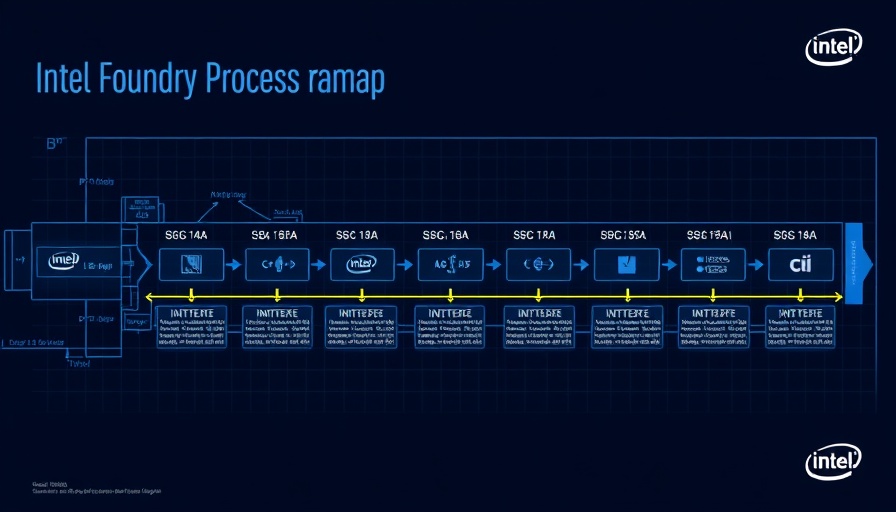
Intel's Innovations Set to Transform Computing in 2027
In an exciting reveal, Intel promises that its upcoming 'turbo cells' technology will dramatically enhance the performance of both CPUs and GPUs by 2027. This innovation is set to come from Intel's next-generation 14A manufacturing process, which also incorporates RibbonFET 2 technology for optimal power and efficiency.
What Are Turbo Cells and Why Do They Matter?
Turbo cells are designed to create a dynamic balance between high-performance and power-efficient cells within chip designs. According to Intel, this will offer designers the flexibility to tailor their chips for specific applications, ultimately leading to faster and more efficient processing speeds. This advancement could be a game-changer, particularly for small and medium-sized businesses eager to leverage AI tools and other advanced technologies.
Historical Context: Intel's Commitment to Innovation
Intel has been a key player in the semiconductor industry for decades, consistently pushing the envelope of what’s possible in computing technology. From its earlier inventions to its modern practices, the company's commitment to research and development has led to crucial advancements. The shift towards integrating 'turbo cells' reflects this ongoing legacy of innovation.
Beyond Performance: Implications for Businesses
For small and medium-sized businesses, these developments promise changes in operational efficiency and capability. As AI tools become more integrated into everyday business practices, the improved speed and performance of chips will enable smoother processing of complex tasks, from data analysis to customer service automation. Businesses that adopt these technologies early may gain a competitive edge.
The Future of Computing Technology
As we look to the future, the anticipation surrounding Intel's turbo cells and their potential impact on the tech landscape grows. With faster processing speeds, businesses can expect to implement more sophisticated AI solutions that can analyze data and automate workflows effectively. This could lead to enhanced productivity at lower costs.
In conclusion, Intel’s announcement reflects a significant leap towards powering the next generation of computing, setting the stage for advancements that could reshape the operational capabilities of small and medium-sized businesses. As we move closer to 2027, keeping an eye on these technologies will be crucial for those looking to leverage the latest innovations in their operations.
 Add Row
Add Row  Add
Add 










 Add Row
Add Row  Add
Add 

Write A Comment